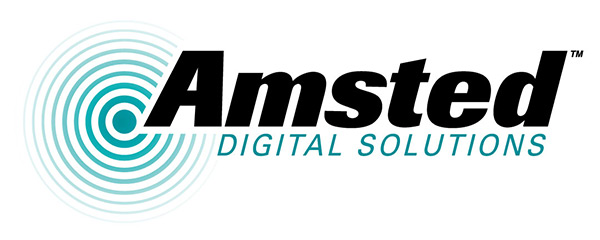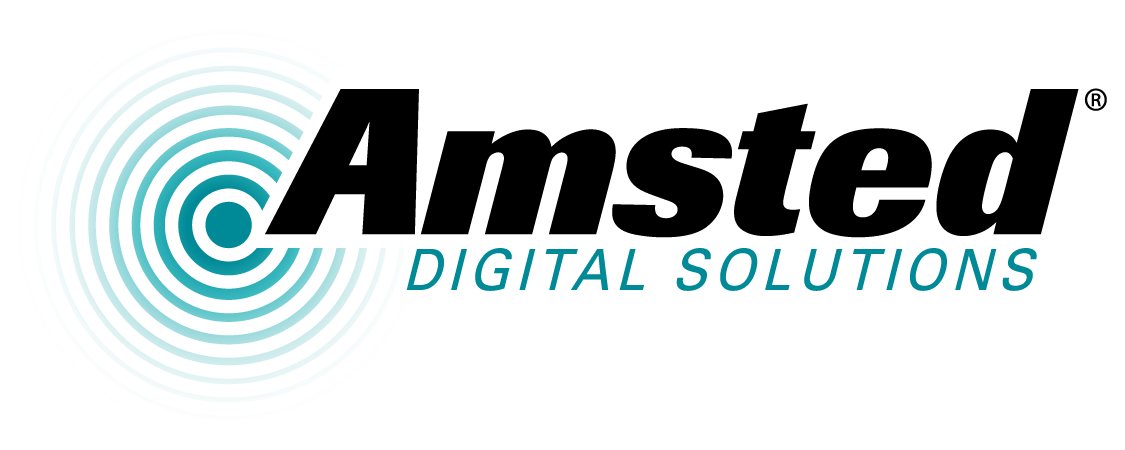You will always get greater results when you negotiate from a position of strength. With the ability to accurately and precisely collect vast amounts of data that details individual railcar movements, dedicated fleet tracking and reporting, rail logistics software platforms are helping shippers to flex their muscles in negotiations as never before.
In negotiations, information is power.
Today’s rail logistics software platforms have helped level the playing field by bringing greater accountability when it comes to contracts and negotiations.
For companies that don’t use a rail logistics platform with robust reporting, gathering the data required to challenge the railroads and lease companies can be onerous – and not worth the effort.
However, by integrating all aspects of fleet operations and management within a dedicated software platform, shippers can gain a decisive advantage.
A railcar tracking and logistics platform not only gives shippers the tools to evaluate their own performance and efficiencies. It can also be used to determine if railroads, lease companies, and others are living up to their contractual arrangements or being forthright with billing.
Here are five areas where rail logistics platforms are helping shippers (large and small) to drive a better bargain in negotiations and disputes.
- Freight Rates
Railroads negotiate their freight rates with shippers based on the O/D Pair and the best operations route available between these locations, as well as the cargo volumes estimated to be shipped.
Rail logistics platforms keep precise tabs on fleet movements and can determine if a holdup is due to a problem on the shipper’s end – or if it is an issue with the railroad.
A one-time delay can be shrugged off. However, if the shipper can provide historical data that shows the railroad is consistently failing to meet cycle times, they can build a case that could provide some leverage the next time a shipper negotiates with the railroad.
Going into discussions with the facts to support your argument improves your negotiating position.
- Demurrage Fees
Many shippers complain about being unfairly charged demurrage penalties. Yet without an automated tracking system in place, shippers can end up paying penalties they shouldn’t have been assessed in the first place.
To dispute a Class 1 charge, shippers must provide a record of the dates and times of the order, constructive placement, actual placement, and release. Fortunately, most rail logistics software platforms can provide this information at the click of a button.
Railroads provide a finite amount of time for shippers to dispute a demurrage invoice. Logistics platforms allow accounting staff to verify information in a timely manner, so they don’t miss the deadline. And since the data is so easy to assemble, staff don’t have to spend hours trying to gather the necessary information at the expense of other work.
- Lease Rates
When leased cars come up for renewal, shippers can use their logistics platform to analyze utilization and determine whether or not to renew all cars – or even add to the fleet. Tracking features also allow shippers to evaluate if any lease penalties they may be accumulating are worth the cost (eg. excess empty miles or cross-border travel).
Knowing usage patterns before a contract renewal allows shippers to better forecast their needs. For example, if a lease prohibits or restricts mileage in Canada or the US, the shipper may want to address this in the new lease arrangement, or potentially move the lease to a more flexible supplier.
Railcar logistics platforms that offer maintenance scheduling and tracking functionality also allow shippers to easily identify leased cars that were out of commission due to unexpected repairs. If a car was a lemon, perhaps the shipper could use this information in upcoming negotiations.
In addition, actions by the railroad can directly impact lease agreements, as excess empty miles can accumulate quickly. By using a logistics platform to track empty miles, shippers can hold the railroad to account and seek alternative arrangements if required.
- Storage Contracts
Storage contracts can result in significant charges to the shipper. Railcar logistics software allows shippers to keep tabs on when cars enter and exit storage status. This can be used to monitor and manage storage contract details such as your rates, switching fees, take or pay prepaid storage spots and any other assessorial charges. If you don’t feel you are being charged what you should be based on your contract, you will have the evidence to support your claim.
- Maintenance Agreements
Some rail logistics platforms allow shippers to keep detailed and precise repair records in maintaining mechanical data on their cars as well as downloading the BRC files from the repair shops.
When it comes time to review repair costs, this data is critical for verifying invoice accuracy. This includes:
- Ensuring the work quoted was done
- Comparing the actual price against the quoted price
- Exception reporting
- Identifying repair trends
Efficiency and awareness should be non-negotiable.
By giving shippers greater insight, understanding, and control over fleet movements (and making it easy), rail logistics platforms allow decision-makers to ensure they are getting fair value from their contracts.


